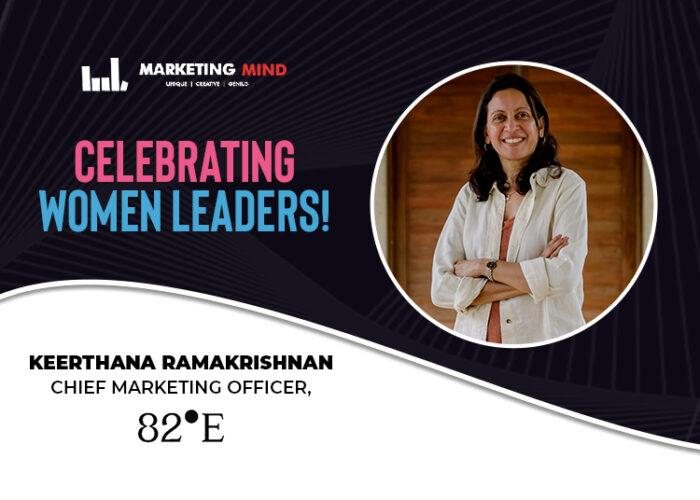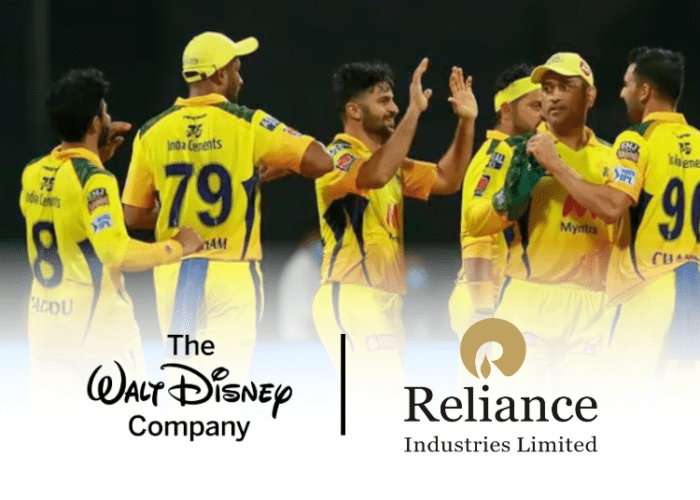E-commerce topped influencer marketing spending at 27%, in 2023, followed by FMCG with 20%, according to Kofluence’s ‘Decoding Influence: The 2024 Influencer Marketing Report‘ which also highlighted that this underscores a focused strategy on influencer partnerships within these industries to boost brand visibility and engage consumers.
Influencer marketing has made its way as the powerhouse strategy for brands to etch enduring impressions on audiences.
The report stated, brands recognise the authenticity and adaptability of influencer marketing, making it a key channel for reaching consumers across diverse sectors. The value of the influencer marketing industry is predicted to touch $3.5 billion by the year 2028.
The digital advertising market in India is growing at a rapid pace. Alphabet and Meta Ecosystem are the current market leaders accounting for 66% of the digital ad market share in India, while e-commerce platforms follow behind with 13-15%. However, alternate platforms such as digital content platforms (OTT Video, OTT Audio, Short form video, etc.) are quickly gaining ground with 10-12% share in the pool, according to the report.
Placing ads in close proximity to the point of purchase on e-commerce platforms has shown significant effectiveness in boosting conversion rates. The enhanced ability to target specific audiences on OTT platforms led to a surge in subscriber numbers during the pandemic, making them increasingly appealing to advertisers. These platforms offer tailored, non skippable ads designed to resonate with their intended audience.
The report underscored that in 2023, it’s evident that influencer marketing is omnipresent, with digital communities reigning supreme in the realm of commerce and influencers standing at the pinnacle.
It also highlighted that quantifying influencer impact through key metrics and measurements is essential for businesses seeking to optimise their marketing strategies. By analysing metrics such as engagement rates, reach, and conversion data, organisations gain valuable insights into the effectiveness of influencer collaborations.
Sreeram Reddy Vanga, CEO and Co-Founder of Kofluence, said “At Kofluence, we hold steadfast in our belief in the influence wielded by content creators as they shape the very fabric of online engagement. The growing emphasis on creator monetisation over the last few years underscores that sentiment.”
“I envision a future where standardized metrics and regulatory guidelines will bolster transparency and efficiency, with data-driven platforms at the helm. In this 2024 edition of the Influencer Marketing Report, we draw upon the insights of over 1000 content creators, brands, and industry professionals, encapsulating the prevailing sentiments within the current Indian influencer marketing industry,” he added.
Existing guardrails
To address the misuse of consumer trust and protect stakeholder interests, the Advertising Standards Council of India (ASCI) has introduced the Guidelines for Influencer Advertising in Digital Media. While these guidelines are not legally binding, they represent a commendable step towards self-regulation in the influencer advertising landscape, the report stated.
The guidelines mandate a disclosure label (e.g., “Ad”, “Sponsored”, “Collaboration”) on all influencer advertisements to clearly indicate their commercial nature. This disclosure is required when a ‘material connection’ exists between the advertiser and the influencer, including monetary compensation, free or discounted products, or other perks. The disclosure must be upfront, prominent, and not easily overlooked.
Specific requirements are outlined for different types of content, such as photo/video posts and livestreams. In addition to disclosing material connections, influencers are expected to conduct due diligence to ensure the claims made in the advertisements are substantiated.
“While India has taken significant steps to establish compliance requirements for influencer advertising, the impact, implementation, and enforcement of both ASCI’s Guidelines and CCPA’s directives will become clearer with time. Organisations engaging influencers are advised to ensure continuous compliance with these guidelines and stay informed about any further regulations in this rapidly evolving landscape. Best practices include incorporating safeguards in contracts, raising awareness among influencers about advertising laws, and conducting due diligence before engagement,” the report stated.
Furthermore, it highlighted that 72% of brand marketers support advertising guidelines mandating creators to disclose all material connections. While, over 56% of respondents acknowledge the significance of disclosures in influencer marketing practices.
“The influencer economy is at an exciting juncture and poised for stupendous growth. The foundations of this economy must be built on the long-term principles of audience and brand trust. ASCI’s work in encouraging honesty and transparency with disclosures helps brands and influencers maintain this trust. We have seen increasing compliance since our guidelines launch in 2021,” Manisha Kapoor, CEO and Secretary General, ASCI, said.
ASCI is committed to supporting the influencers to champion honesty and authenticity through its ongoing programs and the Responsible Influencer Playbook, the e-learning course offered by ASCI Academy. For the influencer economy to flourish and grow, the benefits it brings to the ecosystem mustn’t be squandered away by short-term thinking,” she added.
Current trends in modern influencer marketing
- Geotargeting and micro-influencers
Geo targeted marketing shifts focus to local influencers, fostering authentic connections
with followers in close proximity to both the influencer and the brand. This approach proves effective especially for national brands with local presence. This trend reflects a move towards hyper-focused influencer marketing, prioritising niche influencers with dedicated follower bases for increased engagement and conversions compared to broader categories.
- AI-powered influencing
AI is revolutionising influencer marketing across multiple fronts, introducing efficiencies
and strategic capabilities. AI streamlines campaign management, coordinating influencer identification to content scheduling. Using vast datasets, brands make data-driven decisions, predicting audience behaviour and tailoring campaigns to emerging trends.
It also helps identify authentic influencers, ensuring collaborations with those aligning
with the brand. Moreover, AI has ushered in a new era of virtual influencers like Lu do
Magalu, Lil Miquela, K/DA and others. These digital entities, crafted through computer
graphics software, possess unique personas, effectively functioning as influencers across
various social media platforms.
- Affiliate marketing
Affiliate marketing, once distinct from influencer marketing, is gaining traction among social media creators. This involves sharing product links with a unique code to track referrals. If the audience purchases through the provided link, the content creator receives a commission from the online retailer. This approach encourages creators to monetise their influence by promoting
products and earning commissions on resulting sales.
- Live shopping
Live shopping facilitates real-time interaction between influencers and their audience. During engaging video streams, viewers actively participate, posing questions, and receiving instant responses. The addition of exclusive promotions and discounts enhances the sense of exclusivity, making the audience feel like valued insiders with access to special offers. This dynamic, interactive approach not only showcases products but also forges a deeper connection, transforming passive viewers into an engaged community of brand enthusiasts.
- Contextual advertising
Impactful marketing hinges on relevance, especially in a saturated ad landscape. Rather than splurging on uncertain campaigns, brands are turning to contextual marketing. This strategy vigorously aligns promotional messages with relevant digital content through algorithms, delivering targeted ads that resonate with users. This precision benefits content publishers with revenue, and advertisers with increased traffic—achieving results without significant upfront costs.
- Deinfluencing
Deinfluencing reshapes the influencer landscape, prioritising authenticity, sustainability, and conscious consumerism. Deinfluencers advice followers on what not to buy, promoting a ‘don’t waste your money’ theme. This trend reflects a shift toward more genuine and relatable content,
challenging influencers to adapt. Brands must embrace new approaches, choose influencers
wisely, and foster credible communication in response to evolving follower preferences.
Challenges and risks in influencer marketing
According to the report, lack of price standardisation, inability to measure ROI and finding the right influencers are the three biggest challenges faced by over 64% of brands.
On the other hand, growing an audience and finding time to create content are the major hurdles for almost 50% of creators.












